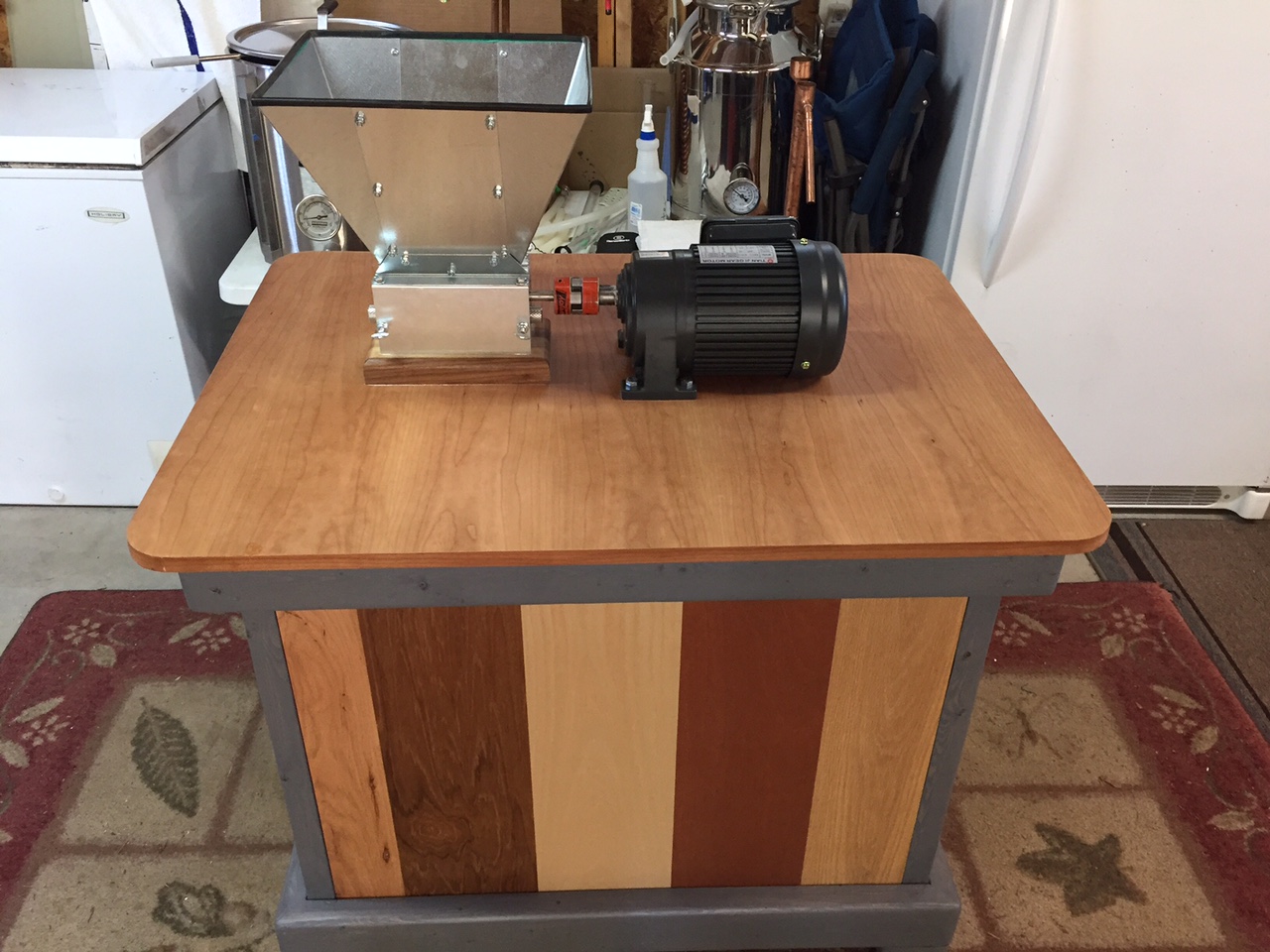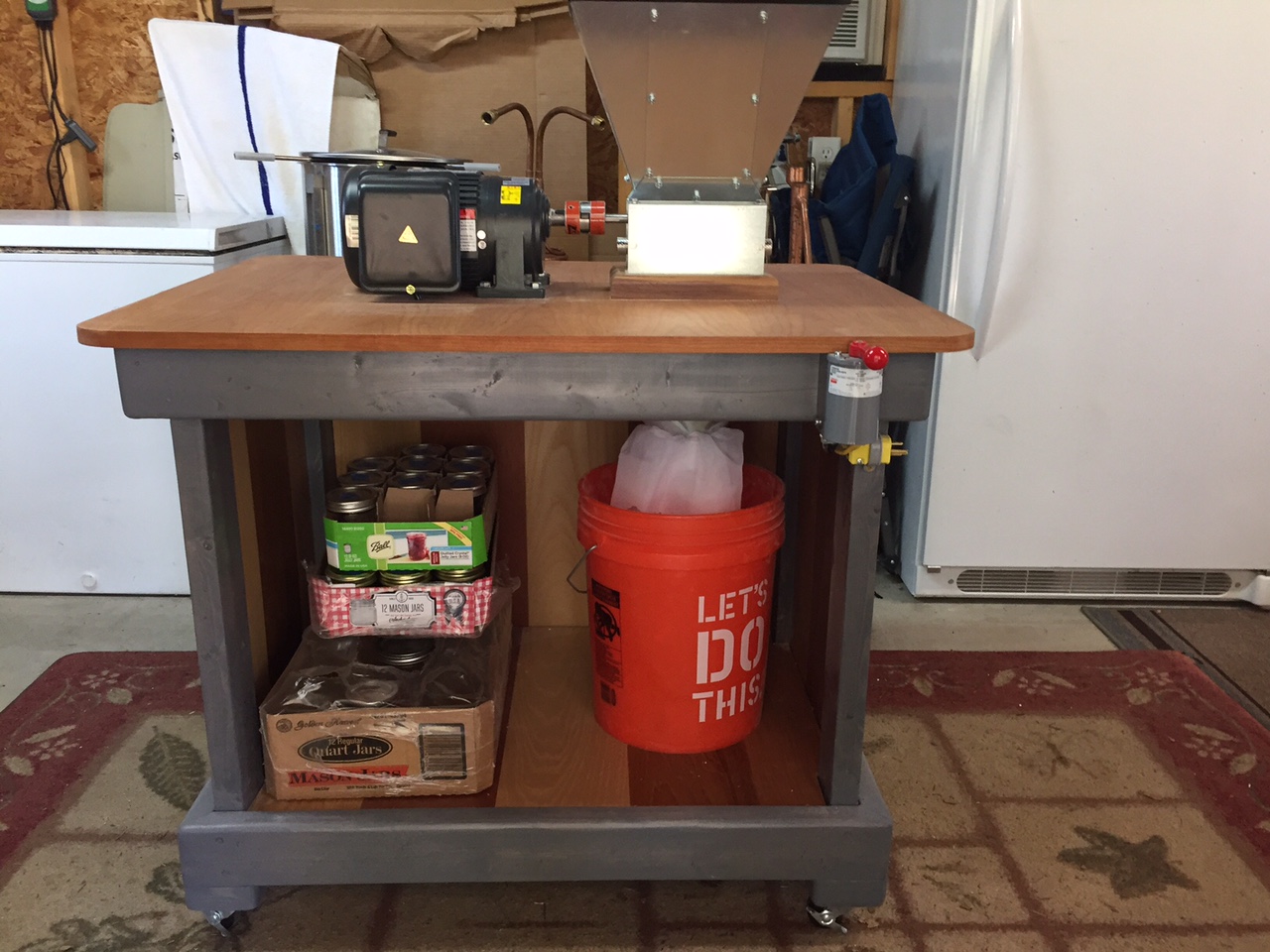Morrey
Well-Known Member
Thanks a lot Morrey. I'm not settled yet by any means, just have taken in what Augie has been saying, seeing that video (which I did find impressive), considering being able to get in on a 3 roller with new drill that is about the cost of the AAW alone. On the other hand, hanging on a bit longer, and buying an MM3 with the AAW in a permanent mount, knowing I've done probably the best I could do at our level; I very carefully chose Spike for my reasons, have a great welder for my frame, etc.
I have absolutely no ability to discern any quality difference between the Kegco and the MM. I already spoke of a finite budget, which Augie also reflected above. On the other hand, I do take in what Brick said. Just as when I was a chef, I searched the nation to find animals to cook whose story I knew, intimately, I feel the same way here, really.
Don't know if I'm making any sense. Pain level is pretty intense today and my mind is in a bit of a fog. Trying to say, I'm settled on the style but torn on the final company, for many reasons.
I'll share with you a quick story which may help you decide. I started with a Kegco 3 roller. This machine had no instructions other than assembly, plus I fabricated a base that was not exact and got the frame out of alignment just a fraction...but that was all it took. Needless to say I had issues, got very anxious about the issues after getting little help from Beverage Factory and bought a new MM3. I immediately noted the similarities in the two machines and they seem REALLY close in design.
I bought a hopper and base for the MM3, plus I watched several YouTube videos how the setup the MM3. Well, the Kegco sets up and adjusts identically, plus the base for the MM3 fits the Kegco perfectly except the mounting bolts are metric for Kegco and SAE for MM3. So I bought a second base from Monster Mills and mounted the Kegco which now works beautifully.
I motorized the MM3 so it is basically semi permanent in my brew cave. The Kegco is portable and I take it to club meetings, my buddies house or wherever and use a 10a Dewalt corded drill. But I now understand the operation of the Kegco and believe it to be just fine as I get good consistent grinds with it. Had I done some additional research AND REALIZED the setup and adjustment directions for the MM3 were the same for the Kegco, I would have been able to eliminate the additional purchase. But all in all, I am happy having both.


























![Craft A Brew - Safale BE-256 Yeast - Fermentis - Belgian Ale Dry Yeast - For Belgian & Strong Ales - Ingredients for Home Brewing - Beer Making Supplies - [3 Pack]](https://m.media-amazon.com/images/I/51bcKEwQmWL._SL500_.jpg)
































